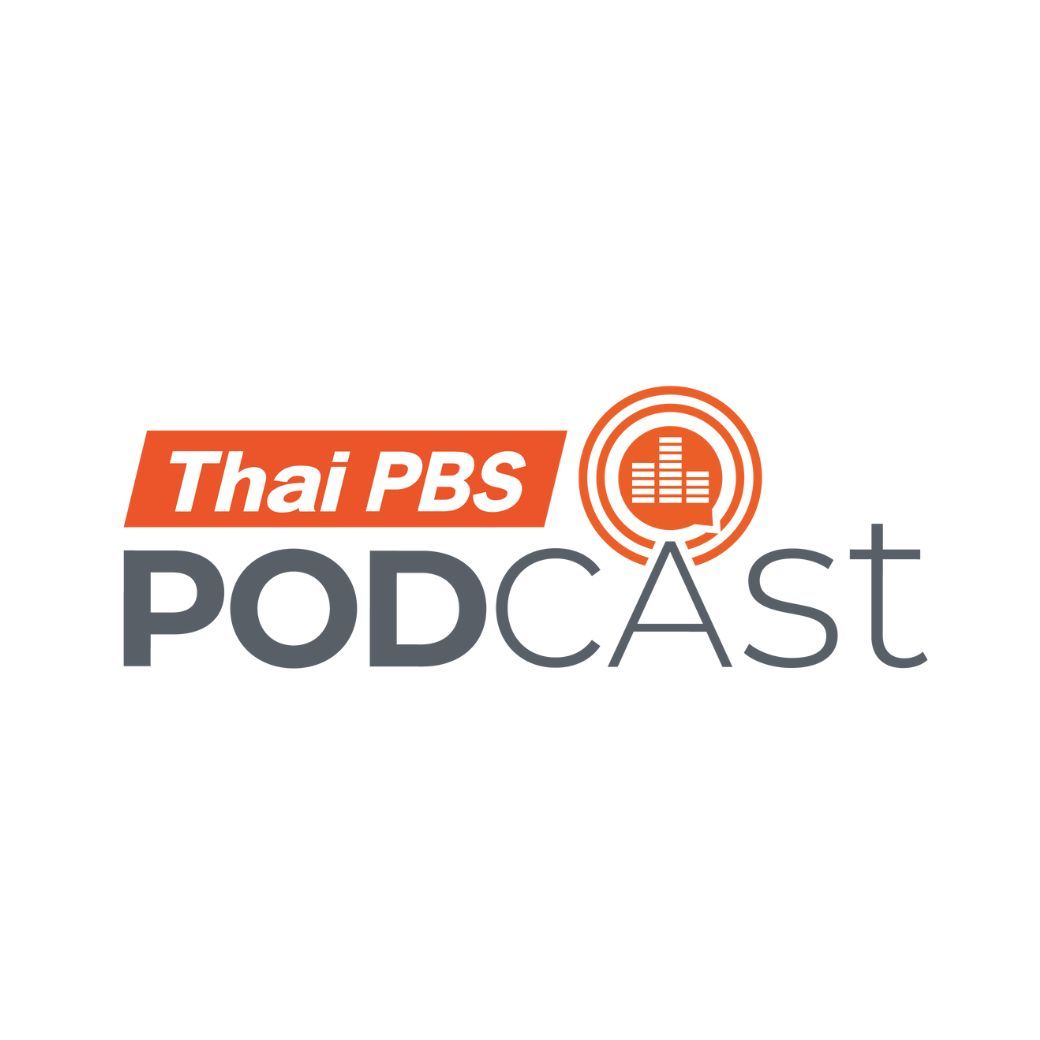แว่วเสียงเพลงลูกทุ่งจากลุ่มน้ำโขง
- แว่วเสียงเพลงลูกทุ่งจากลุ่มน้ำโขง
เมื่อแรกเริ่มที่เพลงลูกทุ่งเริ่มออกสู่สายตาคนทั่วไปผ่านโทรทัศน์ ได้มีเสียงตำหนิติเตียนถึงความไม่เหมาะสมของเนื้อเพลงลูกทุ่งที่มีความเป็นตลาด การแต่งตัวไม่ถูกกาลเทศะเมื่อปรากฏบนหน้าจอโทรทัศน์ และเสียงร้องไม่ตรงตามห้องเสียงแบบเพลงลูกกรุง สิ่งเหล่านี้ทำให้คนลูกทุ่งในยุคแรกเริ่มไม่เป็นที่ยอมรับเท่าไรนัก แต่เมื่อเวลาผ่านไป เพลงลูกทุ่งกลับครองใจผู้คนด้วยความแปลกใหม่ที่เคยถูกมองว่าไม่เหมาะสมนี่เอง และเป็นพื้นที่ทดลองอย่างที่ไม่เคยมีดนตรีประเภทไหนทำได้มาก่อน ในช่วงแรกลูกทุ่งลุ่มเจ้าพระยานั้นครองอำนาจสูงมาก แต่เมื่อยุคโลกาภิวัตน์เข้ามา ลูกทุ่งสำเนียงอีสาน สำเนียงใต้ เข้าคืบกลืนจนคล้ายจะเป็นป่าล้อมเมือง มีอำนาจเหนือลูกทุ่งภาคกลางไม่น้อย และเพลงลูกทุ่งเหล่านี้ยังเดินทางสู่ประเทศเพื่อนบ้านด้วยแว่วเสียงอันไร้พรมแดนใดกั้น
- LUK THUNG SONGS ECHOING FROM THE MEKONG RIVER BASIN
During the early days of Luk Thung songs airing on television, there were criticisms concerning content that was considered “to be inappropriate”. The Luk Thung culture focused on provincial village ways of life and seemingly outdated ways of dressing. These television images portrayed people communicating in accents that were “clearly different” from the old Bangkok style of singing. These aspects formed the reasons as to why Luk Thung people, “especially during the early periods”, had some difficulty being accepted by urban society. But as time passed, Luk Thung songs won the hearts of the public, precisely due to these differently presented elements that were previously seen as being inappropriate. Luk toong became a major platform for experimentation, in a way that no style of music had ever accomplished before. In the early days, Luk Thung songs of the Chao Phraya River Basin topped the charts of popularity in the media. But with the changing of social, economic and technological trends, Luk Thung songs “with accents from Isan and the South” acquired a much more influential role, to the point of resembling a forest surrounding the city. They accomplished a significantly greater level of popularity than the Luk Thung of the Central Region. These Luk Thung songs from outside the central zone then traveled to neighboring countries, echoing a spirit expanding “beyond border and barrier”.
ติดตามเรื่องราวได้ใน Spirit of Asia ตอน แว่วเสียงเพลงลูกทุ่งจากลุ่มน้ำโขง วันอาทิตย์ที่ 25 มิถุนายน 2566 เวลา 16.30 - 17.00 น. ทางไทยพีบีเอส รับชมออนไลน์ทาง www.thaipbs.or.th/Live และสามารถเลือกรับชมด้วยเสียงภาคภาษาอังกฤษ คลิก Setting ไปที่ Audio Track เลือกเสียง ซาวด์แทร็ก
แท็กที่เกี่ยวข้อง:
Spirit of Asia

“บาเรฟ เซซ ฮายาสถาน” ความทรงจำถึงใบหน้าของหญิงสาว
18 ธ.ค. 65
"บลูเซวาน" หัวใจสีฟ้าของชาวอาร์เมเนีย
25 ธ.ค. 65
บินไปด้วย “ปีกของทาเท็ฟ” สู่กลางใจของยูเรเซีย
5 ก.พ. 66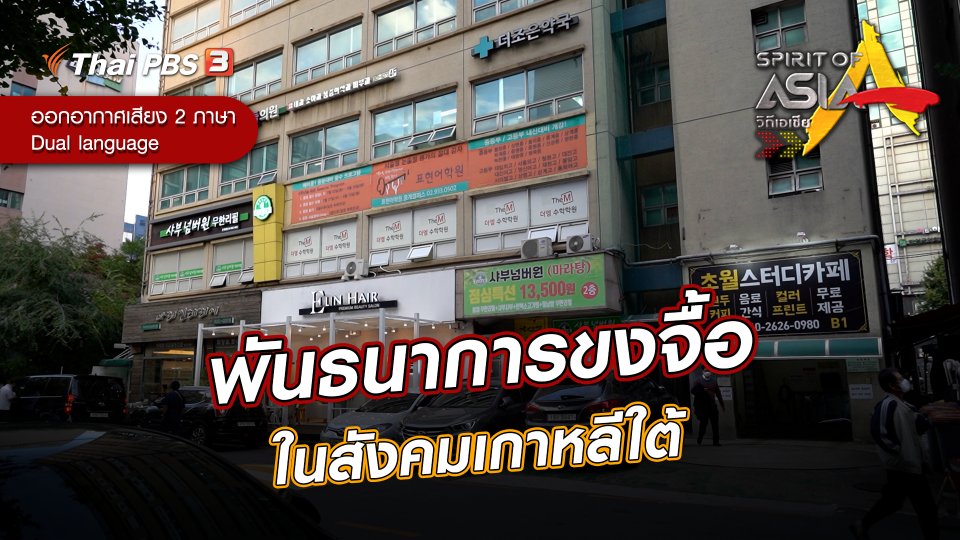
พันธนาการขงจื้อในสังคมเกาหลีใต้
12 ก.พ. 66
เสียงจากหญิงเกาหลีใต้ "ใครจะอยู่ข้างฉัน"
19 ก.พ. 66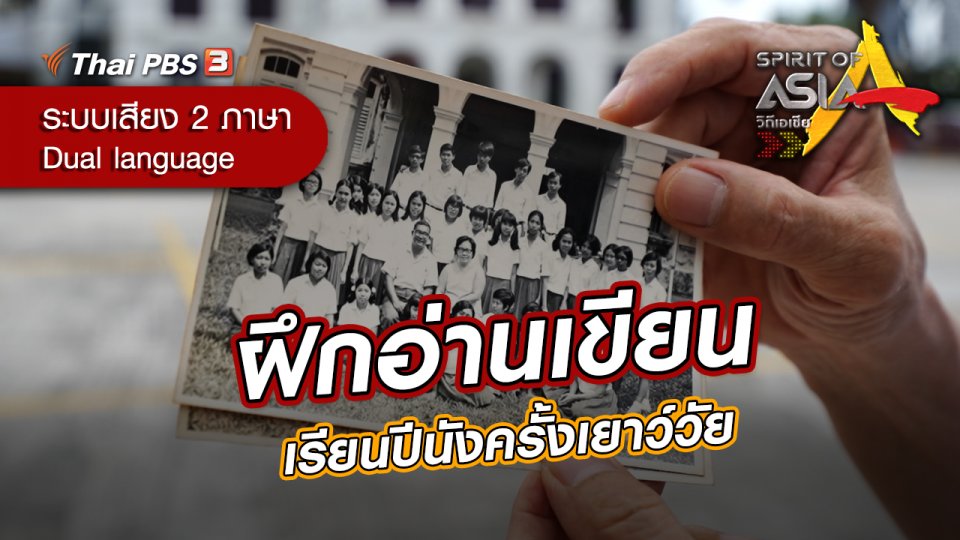
ฝึกอ่านเขียน เรียนปีนังครั้งเยาว์วัย
26 ก.พ. 66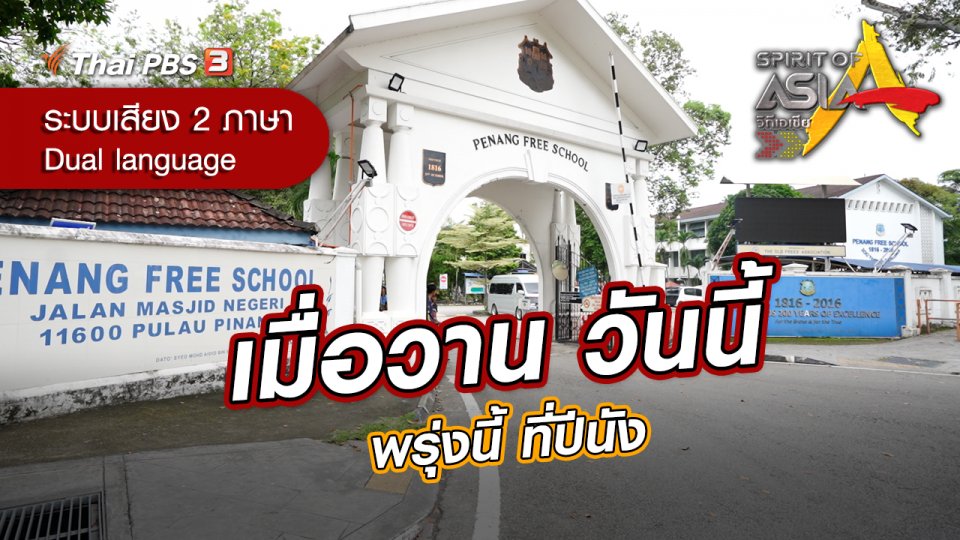
เมื่อวาน วันนี้ พรุ่งนี้ ที่ปีนัง
5 มี.ค. 66
ปีนัง - ภูเก็ต สองพี่น้องในทะเลอันดามัน
12 มี.ค. 66
มองลอดลายฉลุ บนชายเสื้อเคบาย่า
19 มี.ค. 66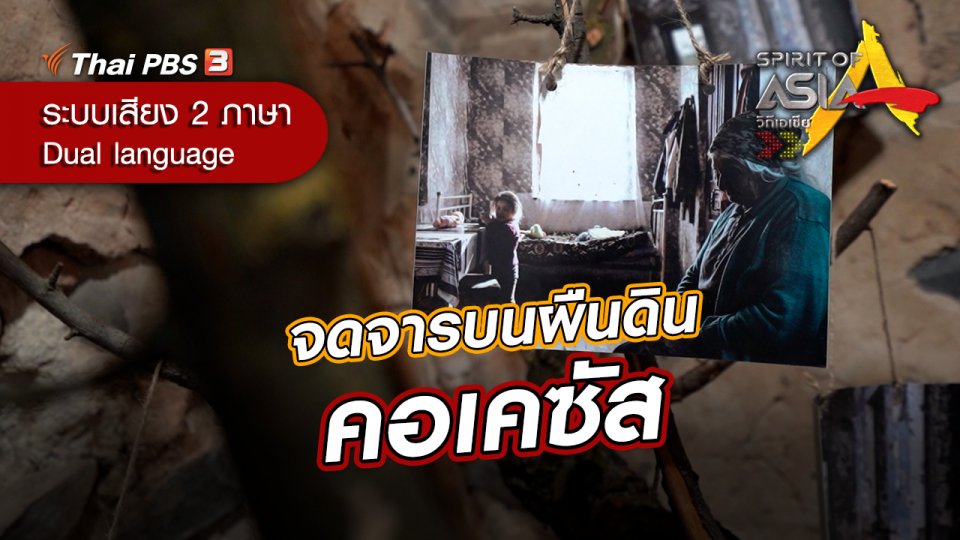
จดจารบนผืนดินคอเคซัส
26 มี.ค. 66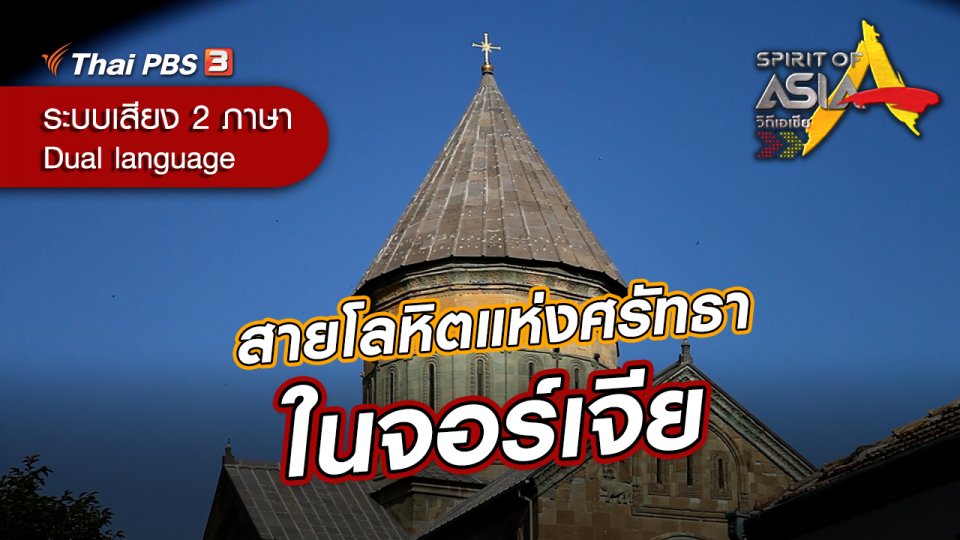
สายโลหิตแห่งศรัทธาในจอร์เจีย
2 เม.ย. 66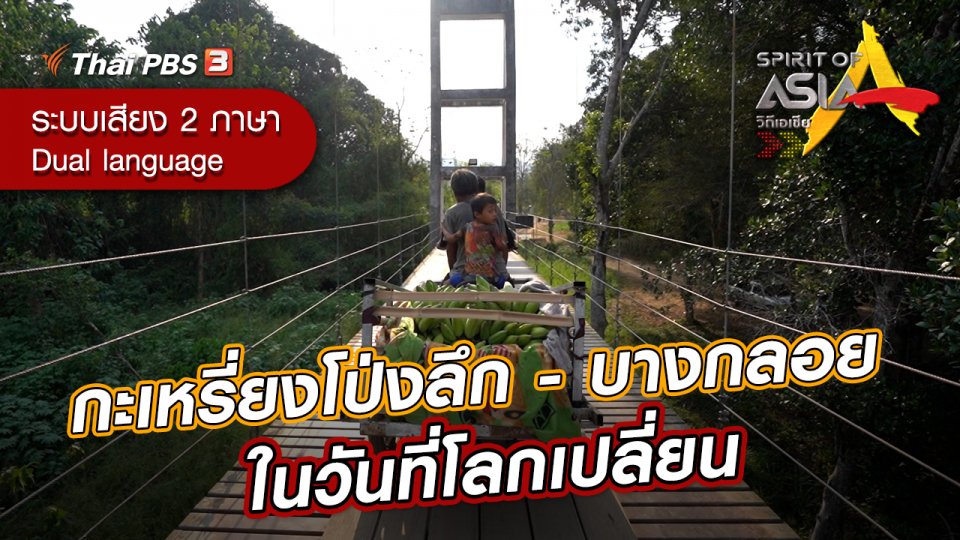
กะเหรี่ยงโป่งลึก - บางกลอย ในวันที่โลกเปลี่ยน
9 เม.ย. 66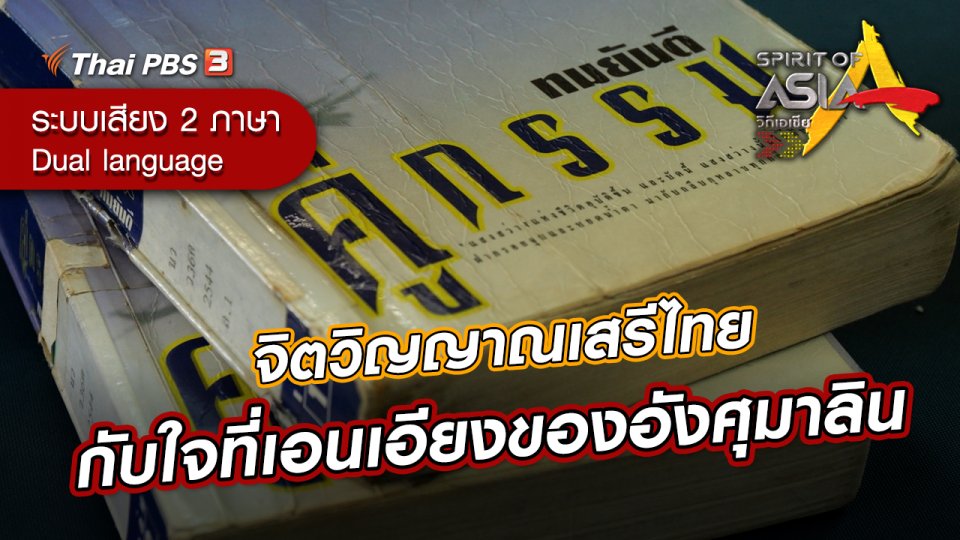
จิตวิญญาณเสรีไทย กับใจที่เอนเอียงของอังศุมาลิน
16 เม.ย. 66
อ่านคู่กรรม ย่ำไม้หมอน
23 เม.ย. 66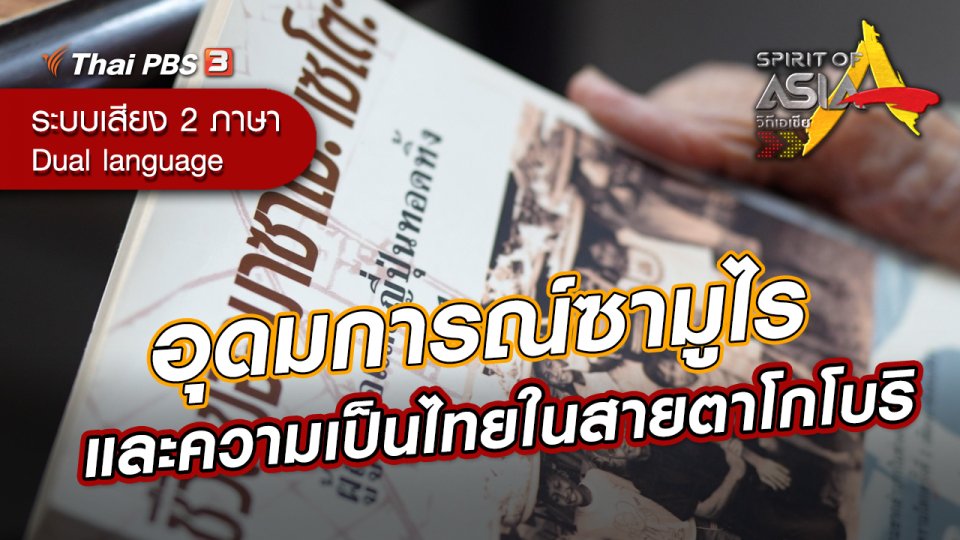
อุดมการณ์ซามูไรและความเป็นไทยในสายตาโกโบริ
30 เม.ย. 66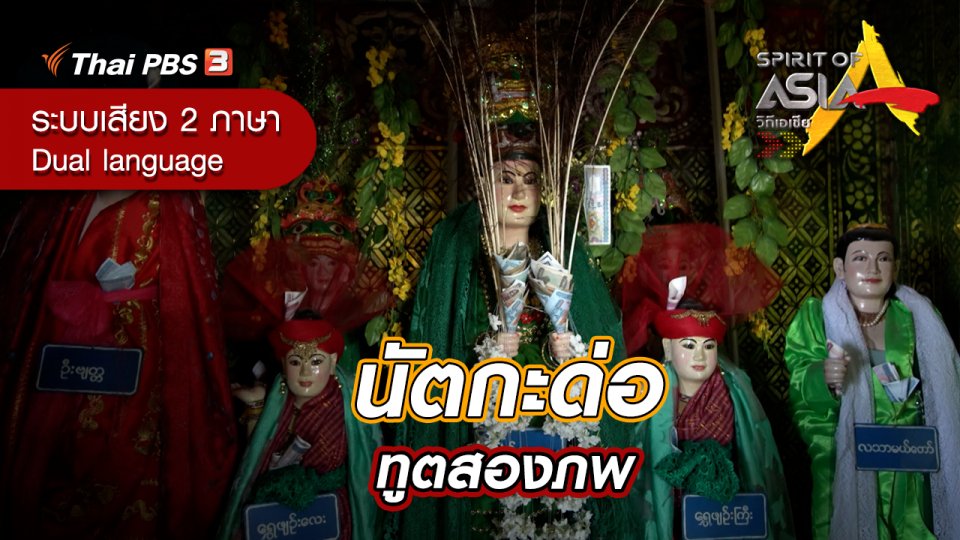
นัตกะด่อ ทูตสองภพ
7 พ.ค. 66
หญิงงามผู้สวมโสร่งลองยี
21 พ.ค. 66
ศรัทธา เพศสภาพ และความอยู่รอดที่เมียนมา
28 พ.ค. 66
กุน ขแมร์ สู้เพื่อชีวิต
4 มิ.ย. 66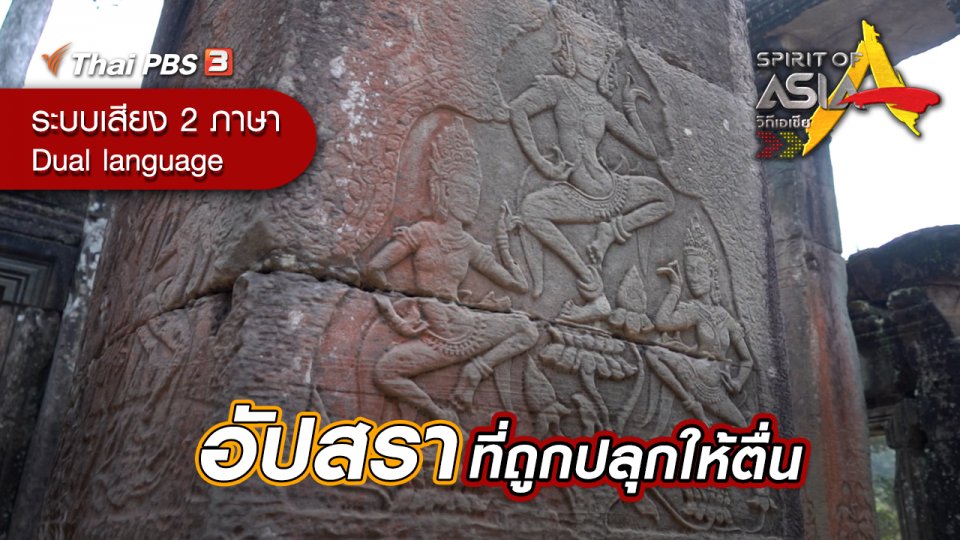
อัปสราที่ถูกปลุกให้ตื่น
11 มิ.ย. 66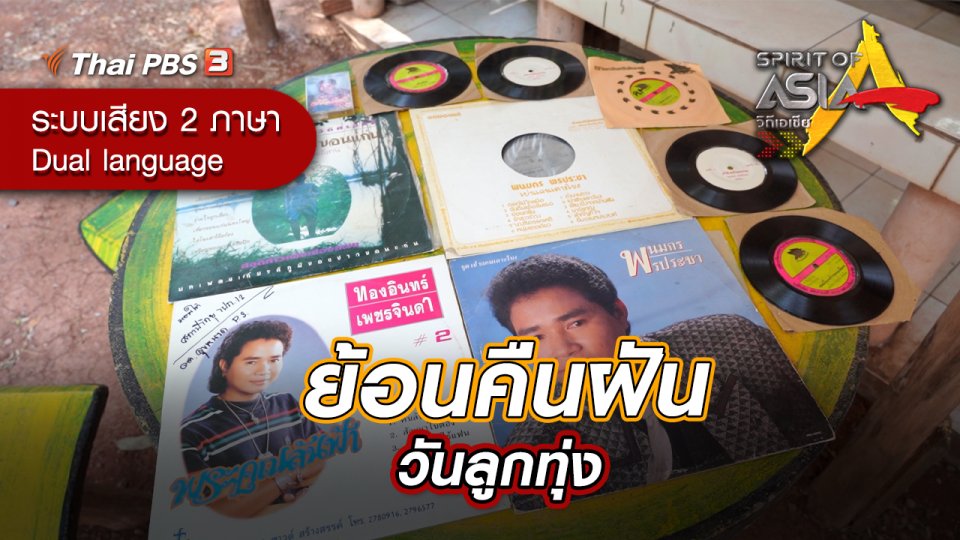
ย้อนคืนฝันวันลูกทุ่ง
18 มิ.ย. 66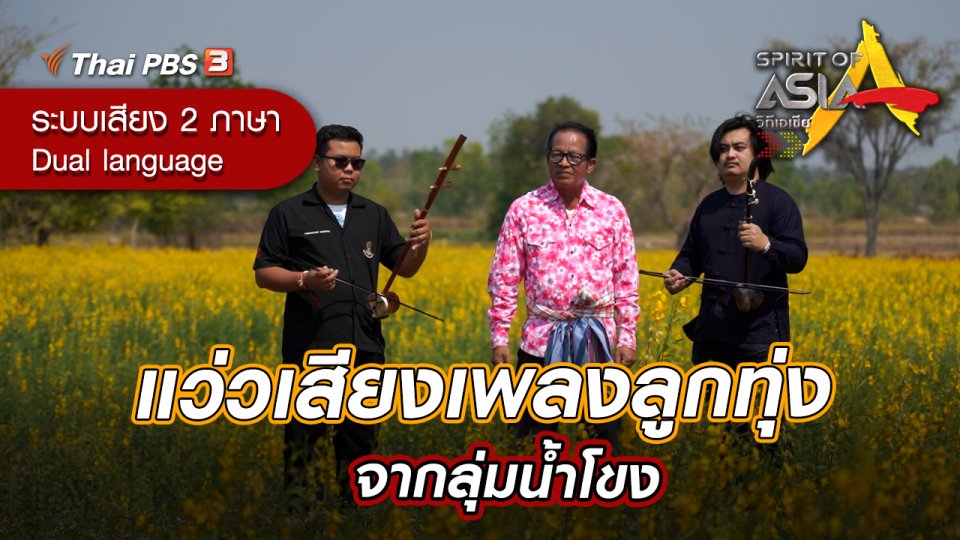
แว่วเสียงเพลงลูกทุ่งจากลุ่มน้ำโขง
25 มิ.ย. 66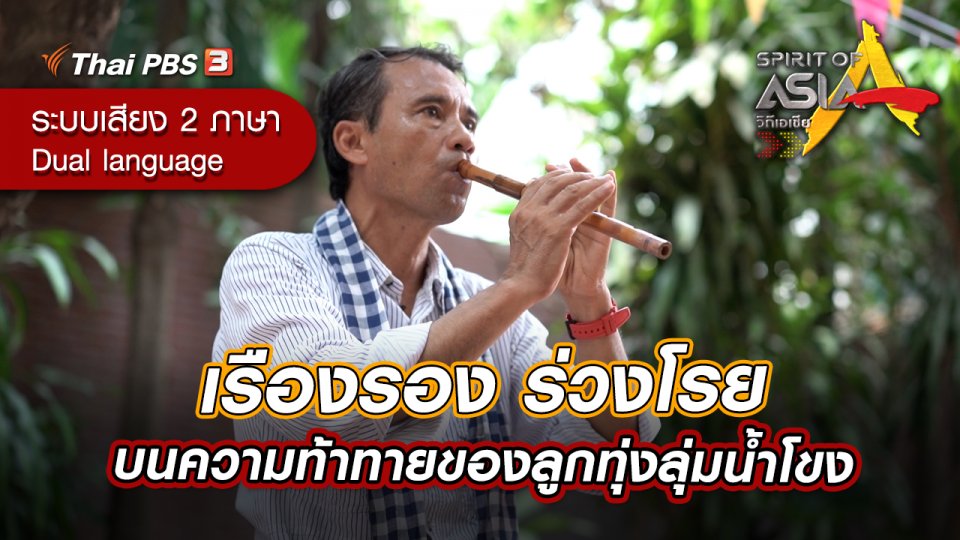
เรืองรอง ร่วงโรยบนความท้าทายของลูกทุ่งลุ่มน้ำโขง
2 ก.ค. 66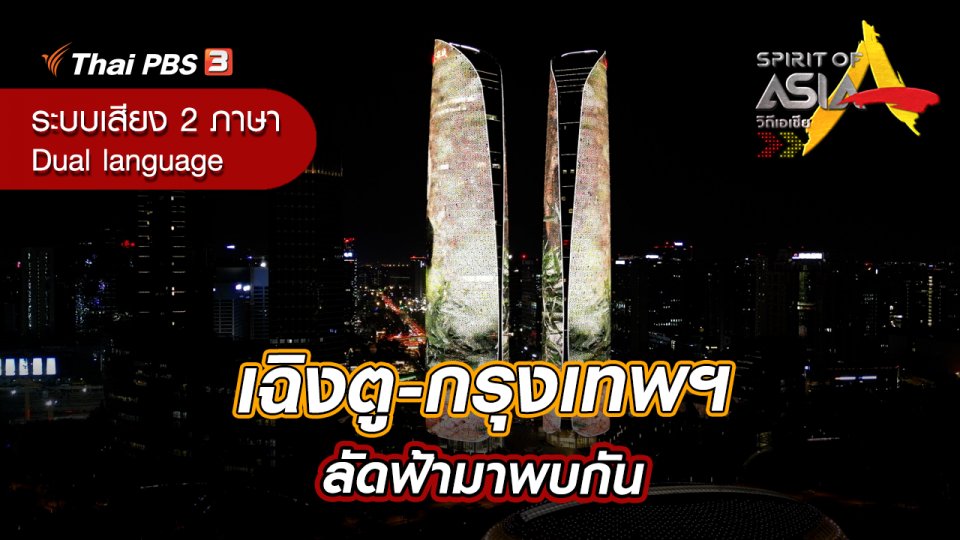
เฉิงตู-กรุงเทพฯ ลัดฟ้ามาพบกัน
9 ก.ค. 66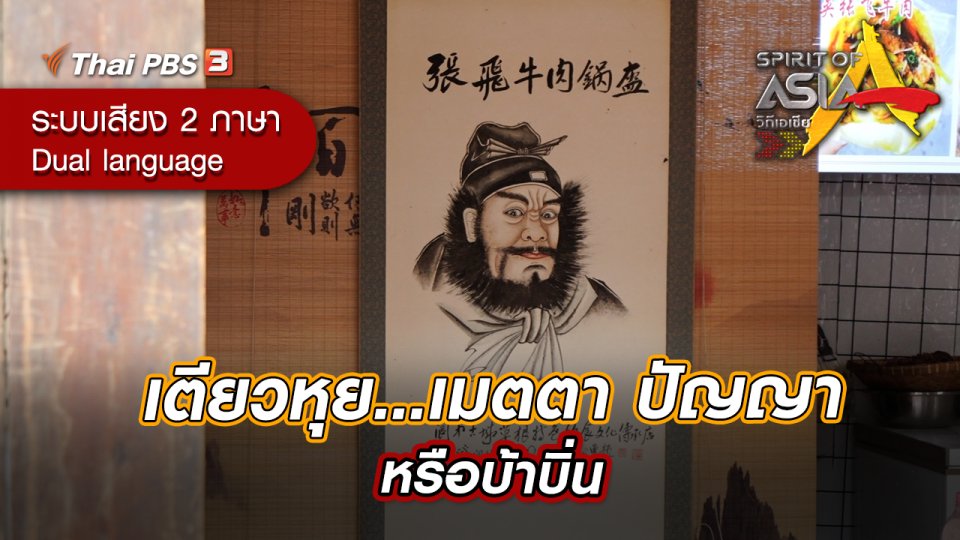
เตียวหุย...เมตตา ปัญญา หรือบ้าบิ่น
16 ก.ค. 66
ขงเบ้ง มังกรเปี่ยมปัญญาผู้หลับใหล
23 ก.ค. 66
ฮ่องกง มูเตลู
30 ก.ค. 66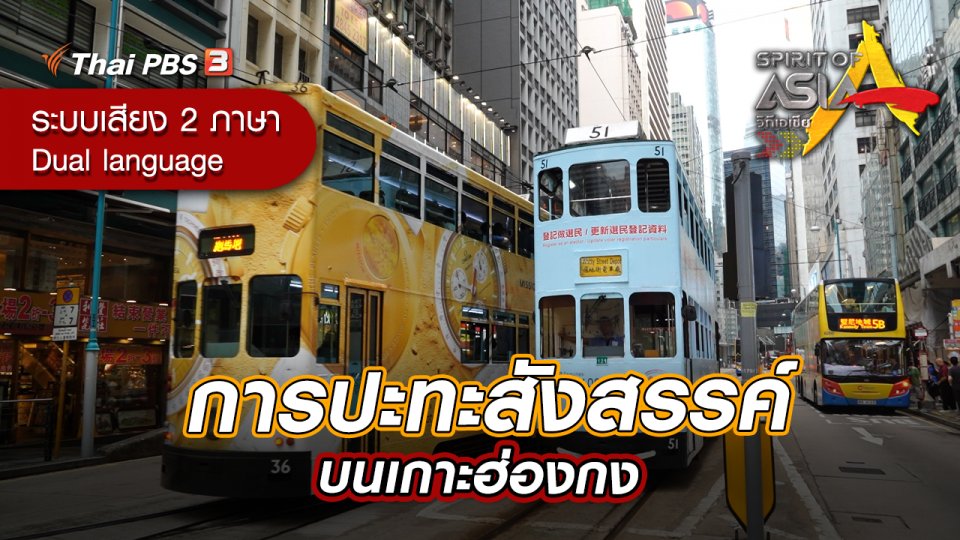
การปะทะสังสรรค์บนเกาะฮ่องกง
6 ส.ค. 66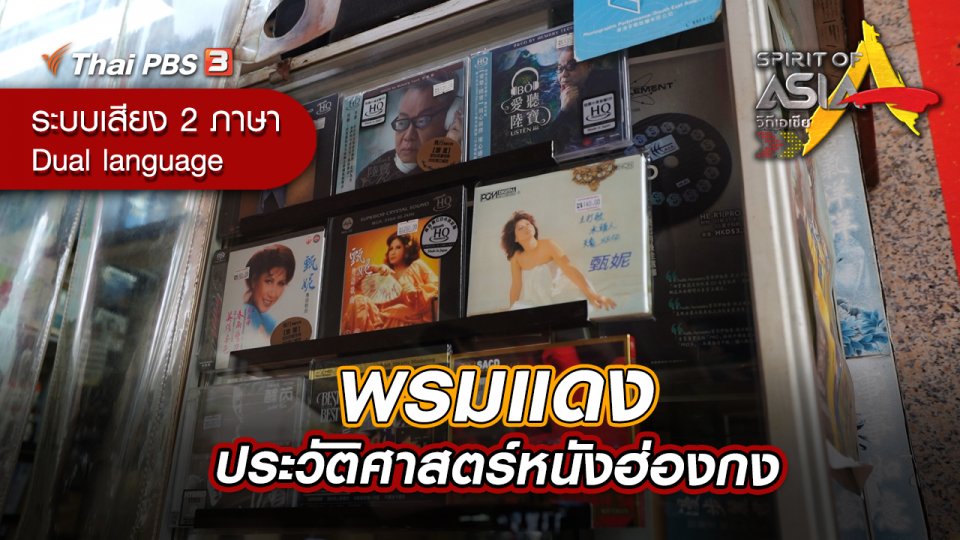
พรมแดงประวัติศาสตร์หนังฮ่องกง
13 ส.ค. 66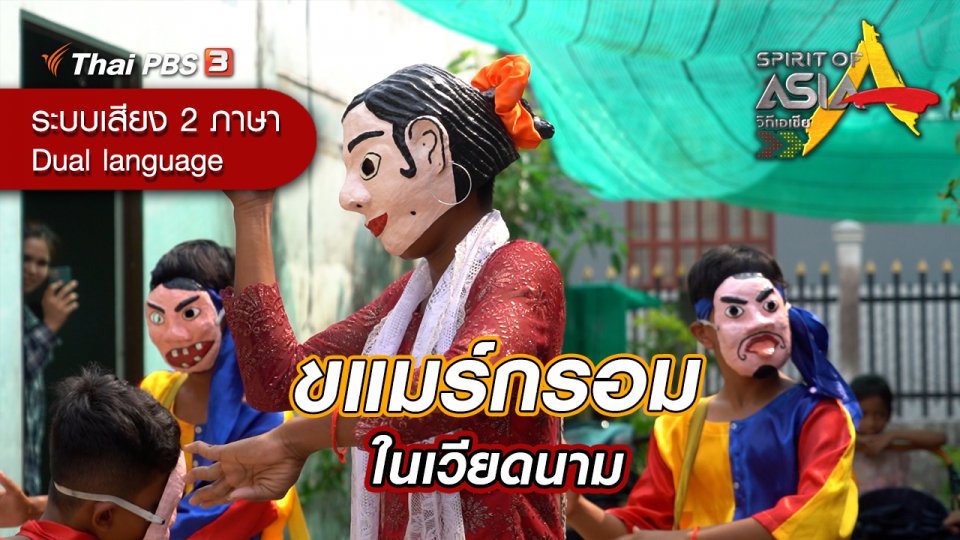
ขแมร์กรอมในเวียดนาม
20 ส.ค. 66
Spirit of Asia

“บาเรฟ เซซ ฮายาสถาน” ความทรงจำถึงใบหน้าของหญิงสาว
18 ธ.ค. 65
"บลูเซวาน" หัวใจสีฟ้าของชาวอาร์เมเนีย
25 ธ.ค. 65
บินไปด้วย “ปีกของทาเท็ฟ” สู่กลางใจของยูเรเซีย
5 ก.พ. 66
พันธนาการขงจื้อในสังคมเกาหลีใต้
12 ก.พ. 66
เสียงจากหญิงเกาหลีใต้ "ใครจะอยู่ข้างฉัน"
19 ก.พ. 66
ฝึกอ่านเขียน เรียนปีนังครั้งเยาว์วัย
26 ก.พ. 66
เมื่อวาน วันนี้ พรุ่งนี้ ที่ปีนัง
5 มี.ค. 66
ปีนัง - ภูเก็ต สองพี่น้องในทะเลอันดามัน
12 มี.ค. 66
มองลอดลายฉลุ บนชายเสื้อเคบาย่า
19 มี.ค. 66
จดจารบนผืนดินคอเคซัส
26 มี.ค. 66
สายโลหิตแห่งศรัทธาในจอร์เจีย
2 เม.ย. 66
กะเหรี่ยงโป่งลึก - บางกลอย ในวันที่โลกเปลี่ยน
9 เม.ย. 66
จิตวิญญาณเสรีไทย กับใจที่เอนเอียงของอังศุมาลิน
16 เม.ย. 66
อ่านคู่กรรม ย่ำไม้หมอน
23 เม.ย. 66
อุดมการณ์ซามูไรและความเป็นไทยในสายตาโกโบริ
30 เม.ย. 66
นัตกะด่อ ทูตสองภพ
7 พ.ค. 66
หญิงงามผู้สวมโสร่งลองยี
21 พ.ค. 66
ศรัทธา เพศสภาพ และความอยู่รอดที่เมียนมา
28 พ.ค. 66
กุน ขแมร์ สู้เพื่อชีวิต
4 มิ.ย. 66
อัปสราที่ถูกปลุกให้ตื่น
11 มิ.ย. 66
ย้อนคืนฝันวันลูกทุ่ง
18 มิ.ย. 66
แว่วเสียงเพลงลูกทุ่งจากลุ่มน้ำโขง
25 มิ.ย. 66
เรืองรอง ร่วงโรยบนความท้าทายของลูกทุ่งลุ่มน้ำโขง
2 ก.ค. 66
เฉิงตู-กรุงเทพฯ ลัดฟ้ามาพบกัน
9 ก.ค. 66
เตียวหุย...เมตตา ปัญญา หรือบ้าบิ่น
16 ก.ค. 66
ขงเบ้ง มังกรเปี่ยมปัญญาผู้หลับใหล
23 ก.ค. 66
ฮ่องกง มูเตลู
30 ก.ค. 66
การปะทะสังสรรค์บนเกาะฮ่องกง
6 ส.ค. 66
พรมแดงประวัติศาสตร์หนังฮ่องกง
13 ส.ค. 66
ขแมร์กรอมในเวียดนาม
20 ส.ค. 66




